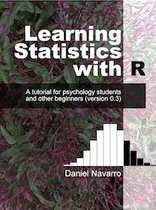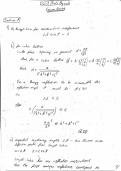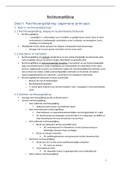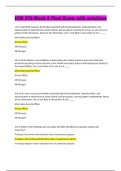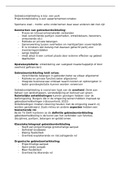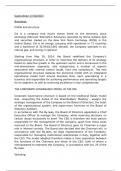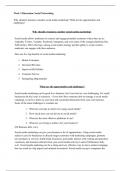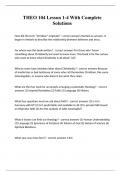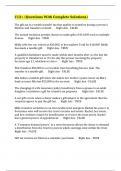Resumen
Summary Statistics for Premasters DSS
- Grado
- Institución
- Book
Detailed summary of all lectures and additional notes, explanations and examples for the course "Statistics for Premasters DSS" at Tilburg University which is part of the Pre-Master Data Science and Society. Course was given by P.H.G. Hendrix and E. Fukuda during the first semester of the academic ...
[Mostrar más]

